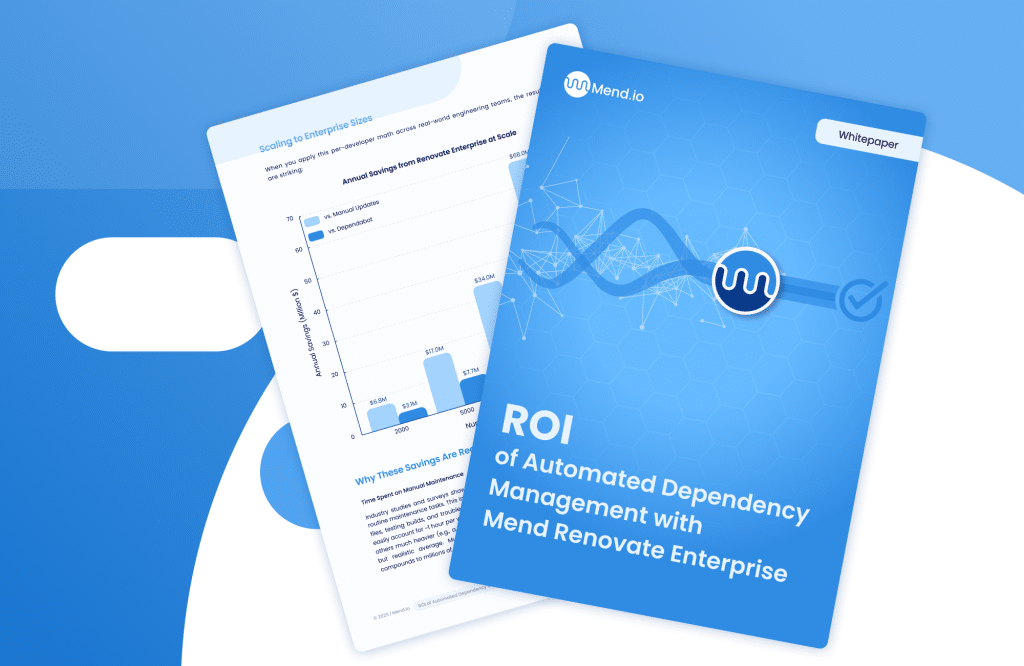Table of contents
Modern AppSec Moves Beyond Shift Left to Shift Smart

Most organizations are aware of the benefits of shifting left, or testing earlier in the application development cycle, including things like the ability to detect and fix bugs before production, increased reliability in testing, improved unity between developers and testers, faster time to market, and cost savings.
In the evolving landscape of application security (AppSec), the traditional “shift left” approach—integrating security early in the software development lifecycle (SDLC)—has been a foundational strategy. However, as cyber threats become more sophisticated and development cycles accelerate, merely shifting left is no longer sufficient. The modern paradigm is to shift smart, emphasizing intelligent, context-aware security practices that align with agile development methodologies.
Understanding the limitations of shift left
While shifting left has enabled earlier detection of vulnerabilities, it often leads to overwhelming developers with security alerts, many of which are false positives or lack context. This can result in alert fatigue, where critical issues are overlooked, and non-critical ones consume valuable resources.
A study by Mend.io highlighted that software vulnerabilities remain the top attack vector in today’s digital landscape, with the average enterprise deploying 464 custom applications and expecting to add 37 more within a year. This surge in applications amplifies the challenges of managing security effectively.
Embracing the shift smart approach
Shifting smart involves a strategic integration of security throughout the SDLC, focusing on automation, context, and collaboration. Key principles include:
- Automation and Speed: Integrate security tools that match the velocity of DevOps environments, ensuring rapid detection and remediation of vulnerabilities.
- Contextual Feedback: Provide developers with just-in-time, relevant security insights within their existing workflows, enhancing their ability to address issues promptly.
- Prioritization: Implement tools that can distinguish between critical vulnerabilities and those that can be safely deferred, reducing noise and focusing efforts where they matter most.
- Tool Consolidation: Reduce the sprawl of security tools to streamline operations, lower costs, and improve efficiency.
The role of automation in modern AppSec
Automation is pivotal in the shift smart strategy. By automating security processes, organizations can ensure consistent application of security policies, reduce manual errors, and free up resources for more strategic tasks. Tools like Mend’s AppSec Platform offer comprehensive solutions that integrate seamlessly into CI/CD pipelines, providing real-time insights and automated remediation suggestions.
Cultural transformation: Beyond tools
Adopting a shift smart approach necessitates a cultural shift within organizations. Security should be a shared responsibility across development, operations, and security teams. Embedding security champions within development teams can bridge gaps, fostering a culture where security is an integral part of the development process rather than an afterthought.
Expanding the scope: Shift everywhere
Some experts advocate for a “shift everywhere” approach, emphasizing the need for security considerations at every stage of the SDLC, including post-deployment. This holistic view ensures continuous monitoring and improvement of security practices, adapting to emerging threats and changes in the application environment.
Leveraging AI and machine learning
Incorporating artificial intelligence (AI) and machine learning (ML) into AppSec can enhance threat detection and response capabilities. AI-driven tools can analyze vast amounts of data to identify patterns and anomalies, enabling proactive security measures and reducing the time to detect and respond to threats.







